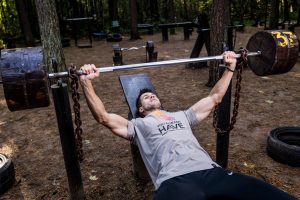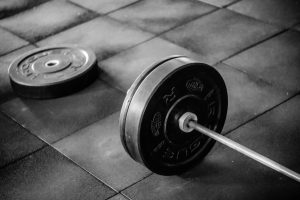Train out of your home – The trainer comes to you.
 If you’ve ever researched how to add size or definition to your chest, you already know the first thing that pops up is the barbell bench press. The problem is, most people naturally perform the barbell bench press incorrectly! Or at the very least, they don’t perform it optimally.
If you’ve ever researched how to add size or definition to your chest, you already know the first thing that pops up is the barbell bench press. The problem is, most people naturally perform the barbell bench press incorrectly! Or at the very least, they don’t perform it optimally. #4: Keep Your Wrists Locked!
#4: Keep Your Wrists Locked!